One December morning, hundreds of Los Altos High School students drove to school mentally preparing for their finals. Yet, when they arrived, they found a greater cause for stress: dozens of “No Parking” signs lined most streets near the school. Students frantically wondered: How far until they’d find a parking space? Would they make it to class on time?
But most of all, they wondered why the parking restrictions were placed without consulting the people they impact most?
If the City consulted students, they’d know many students from Mountain View have to go down Rengstorff, then cross El Camino and Central Expressway — all roads that are dangerous to navigate by bike.
If the City consulted students, they’d know students who live in Los Altos Hills live miles from campus, with no sidewalks and hundreds of feet of elevation gain.
If the City consulted students, they’d know that many lower income students rely on close parking to arrive at after school jobs on time — and need those jobs to support their families.
If the City consulted students, they’d know that many students have extracurriculars that end after sunset, and are forced to go down Los Altos’ unlit and sidewalkless roads.
If the City consulted students, they’d realize that students are fine with controlled, targeted restrictions — on parking in front of mailboxes and walkways — and ticketing illegal blocking of driveways and fire hydrants.
Safety concerns about student parking have some merit, but blanket parking restrictions aren’t a sustainable solution. They do nothing to solve the fact that the LAHS campus is physically too small to handle the parking needs of its students. Yes, after the restrictions there are less cars parked on restricted roads. But where did they go? One block down.
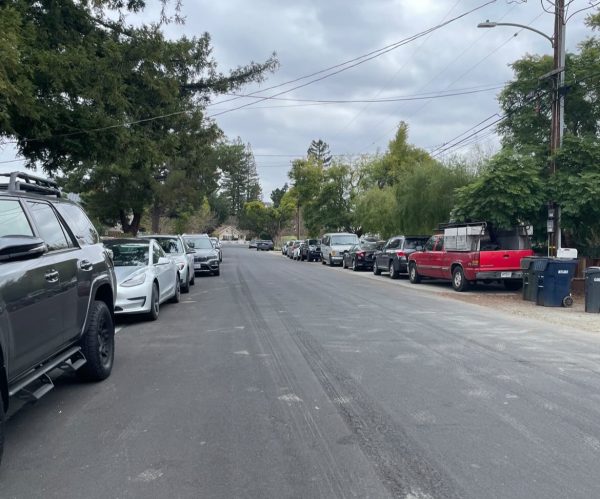
These restrictions are merely a band-aid that moves inconvenience from one neighborhood to another.
Instead of switching to biking or walking to school, students are simply parking farther away, or having parents drive them to school. Parents try to get as close to school as possible, causing immense traffic jams before and after school, making roads even more unsafe for other drivers, cyclists, and pedestrians.
These issues with parking restrictions— both student accessibility and safety — must be addressed by the City. But at the moment, the City seems to discount them.
When we presented our concerns to the City Council, the Mayor brushed them off. He told us public safety can’t be voted on, while later saying in a Talon interview that “it’s my job to identify a problem, [the experts’ job to propose solutions], and the City Council[’s job] to approve it”. He also told us to go to the school administration, despite confirming street parking is within the jurisdiction of the City.
At that same City Council meeting, a loud minority of residents suggested we are lazy teenagers who don’t want to walk. With that logic, they encouraged the City Council to greatly expand restrictions to streets that don’t have any — while providing parking permits to residents alone.
As a student body, we can’t let these dismissals continue. We need to work together to make the City and residents understand the harms caused by blanket restrictions. We need to remind them that LAHS is a part of the Los Altos Community. Nothing about the parking situation will change unless we make our collective voice too loud to ignore.
Show up to the next City Council meeting with us on Tuesday, February 25. You don’t need to speak, but your presence will show the City Council how many students care. Sign our petition for restriction reform, and involve yourself in the civic process to help yourselves, your peers, and future generations of LAHS students.
If you’d like to become more involved or want more information, feel free to reach out at [email protected].



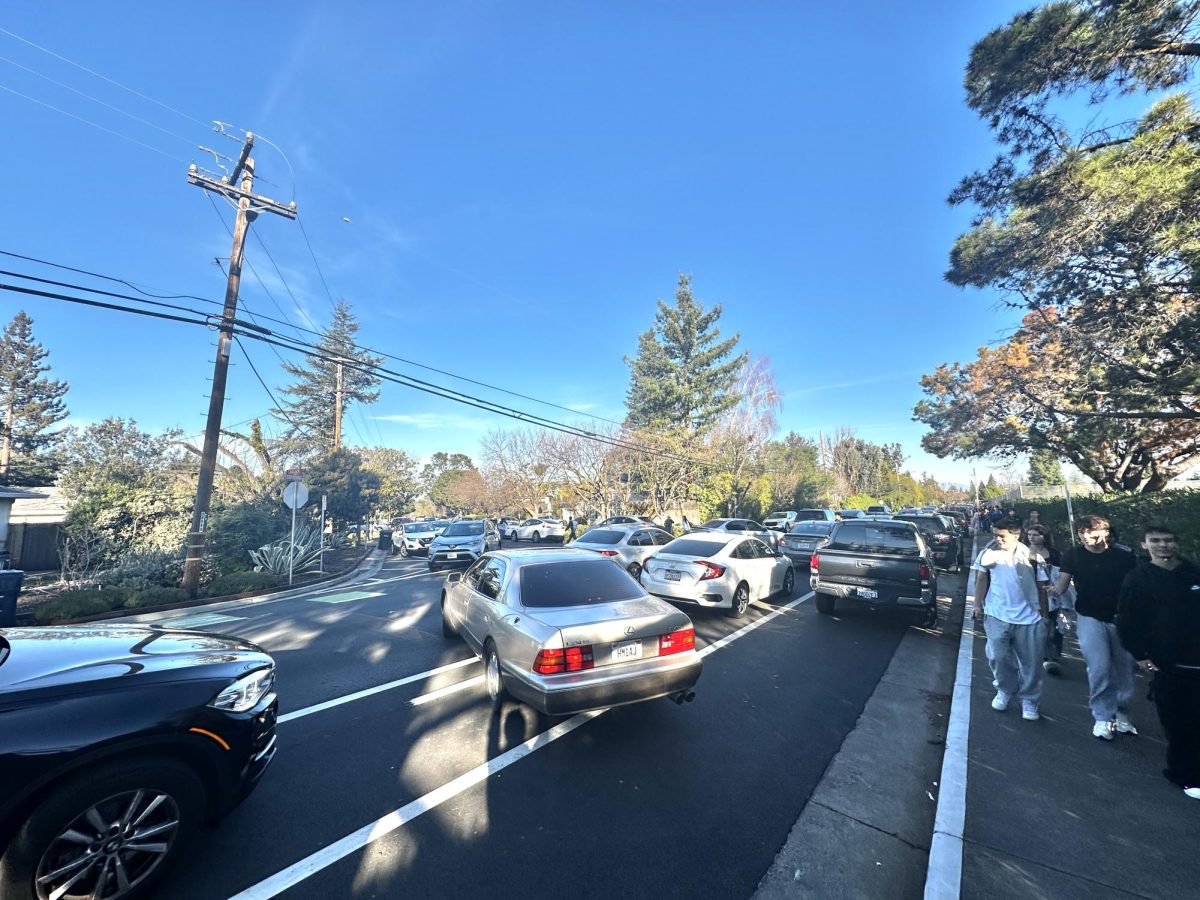

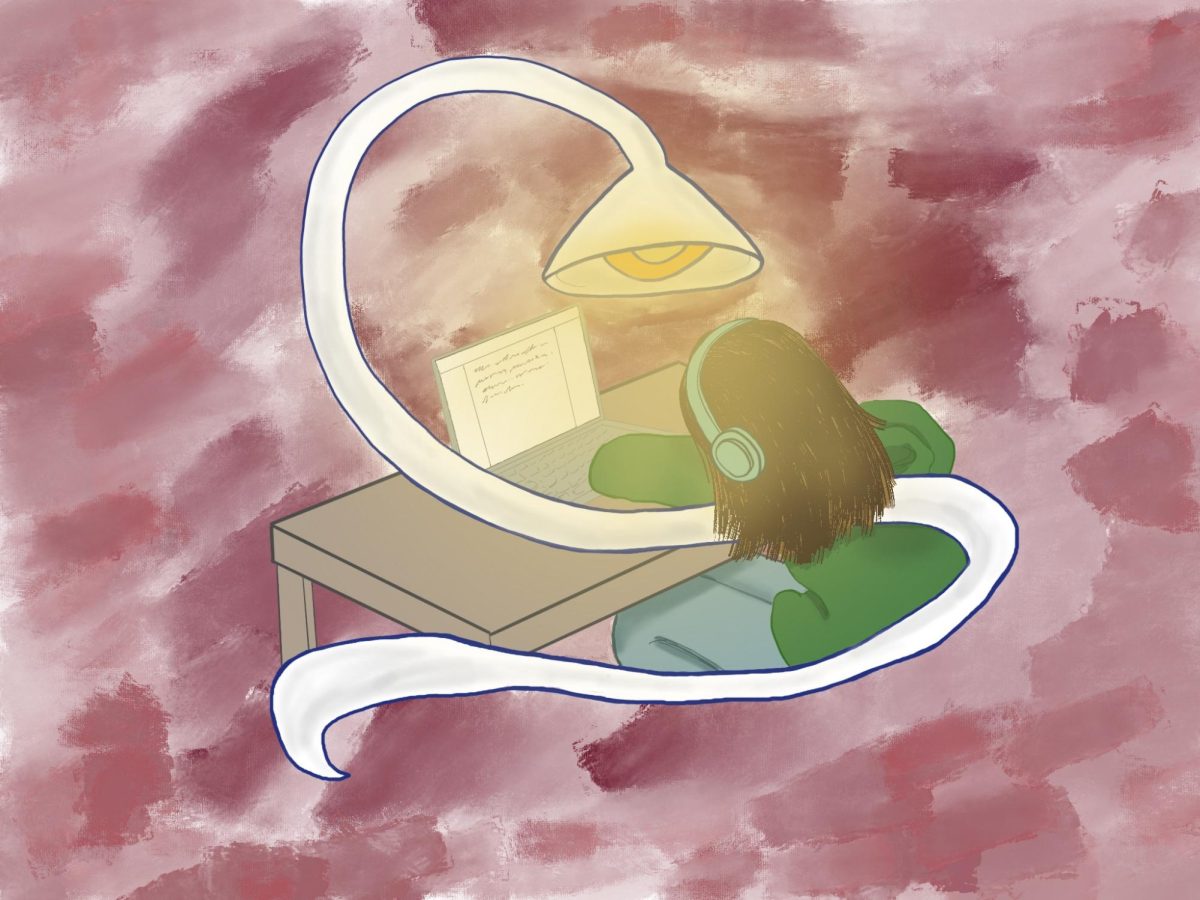
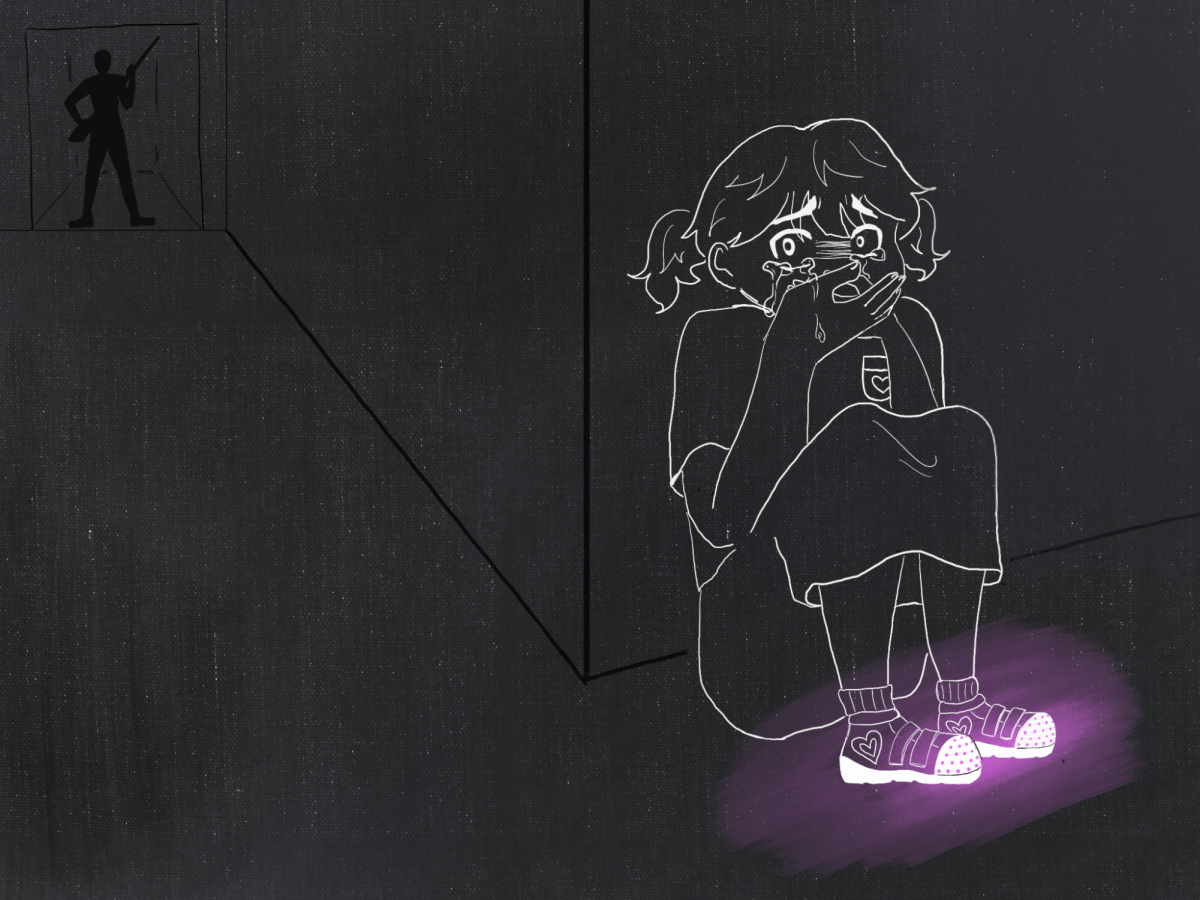
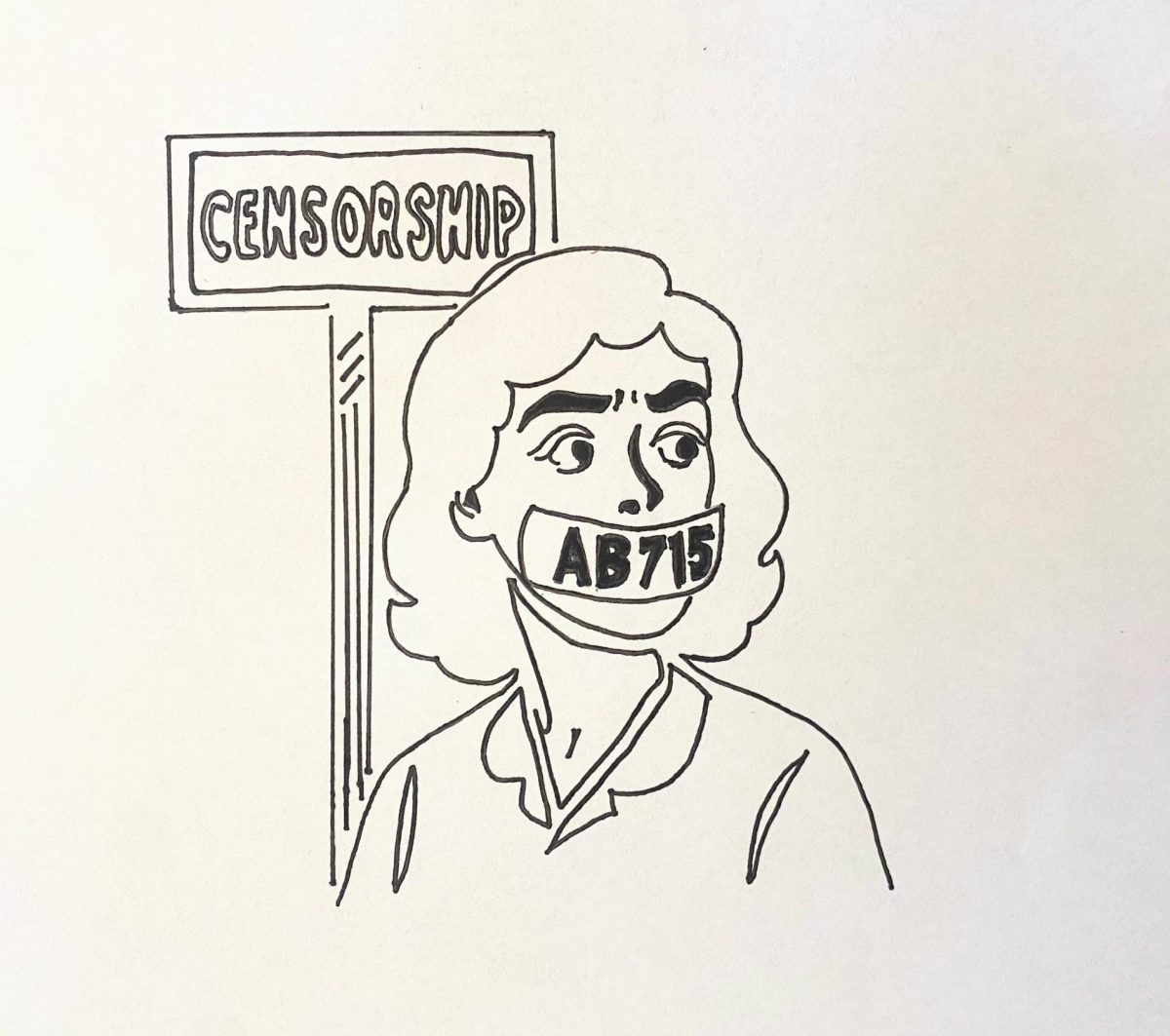
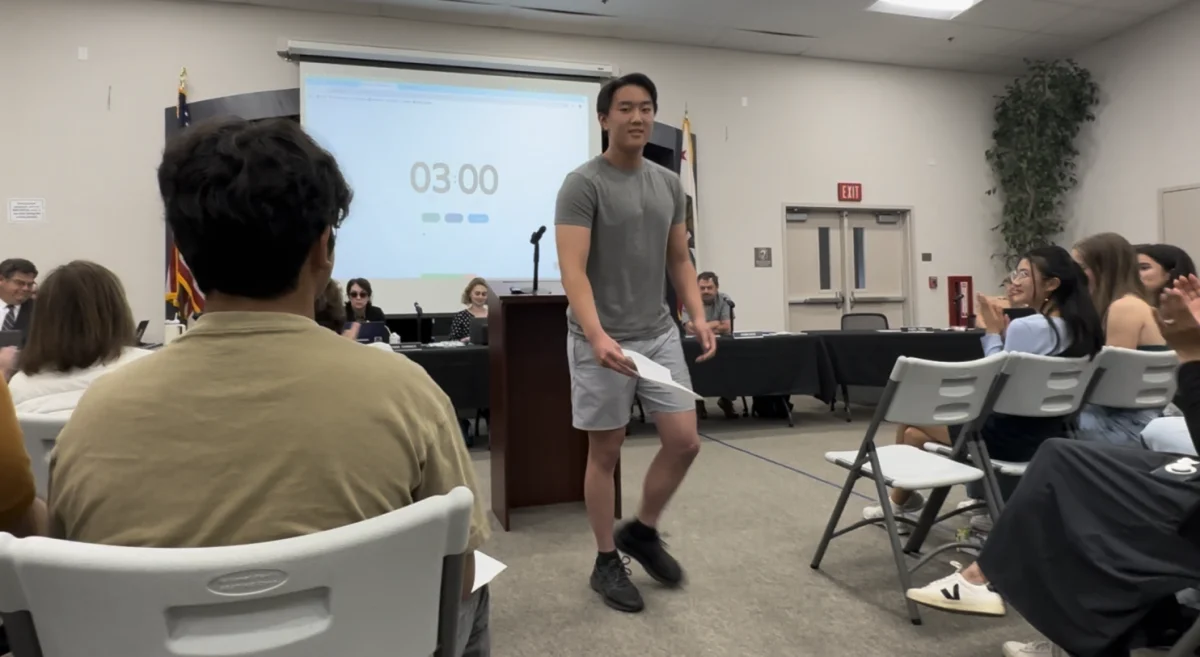




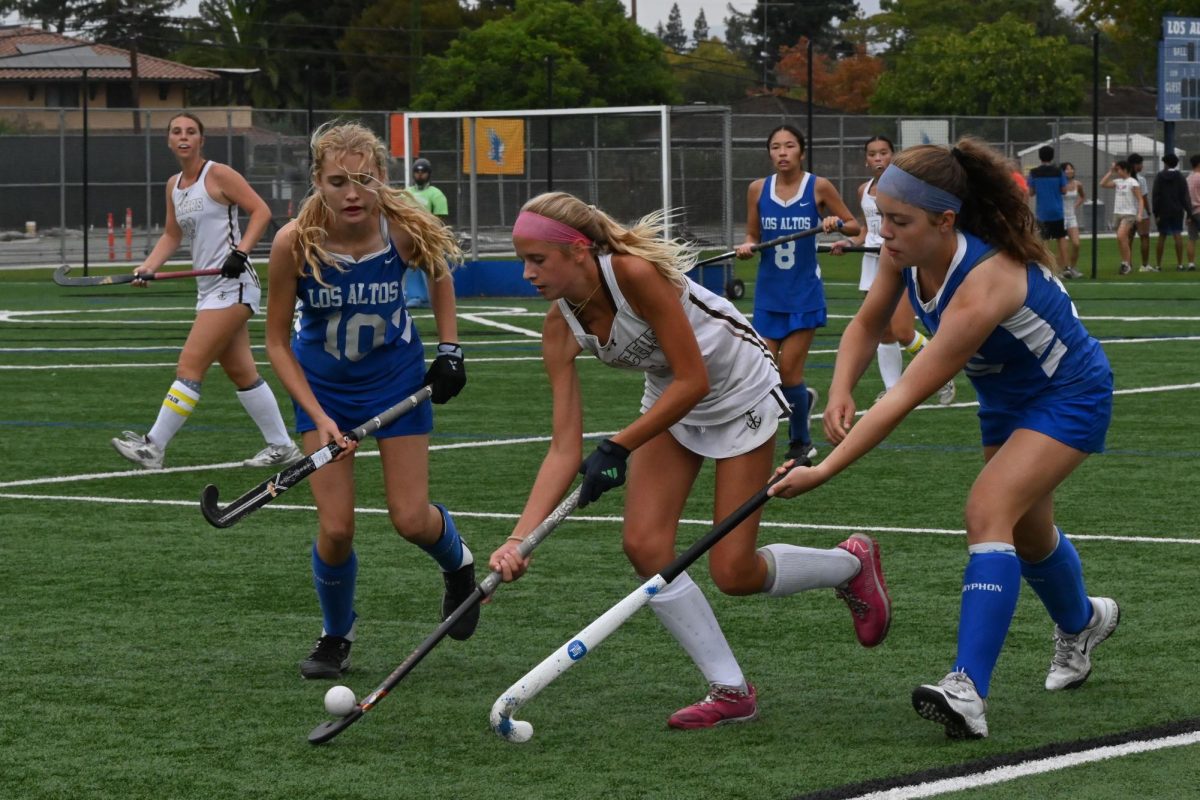


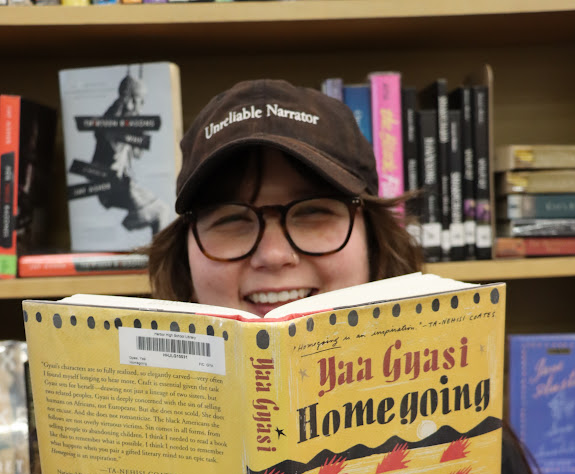
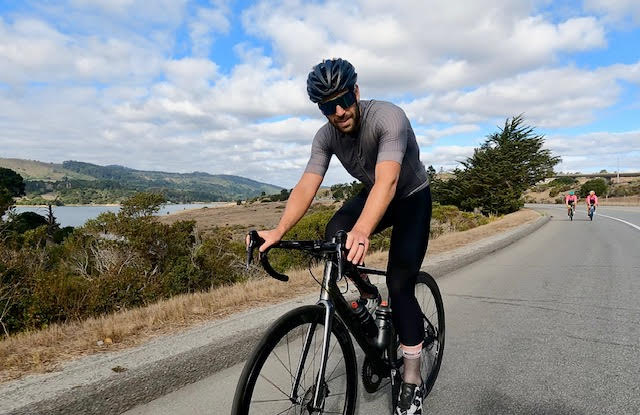
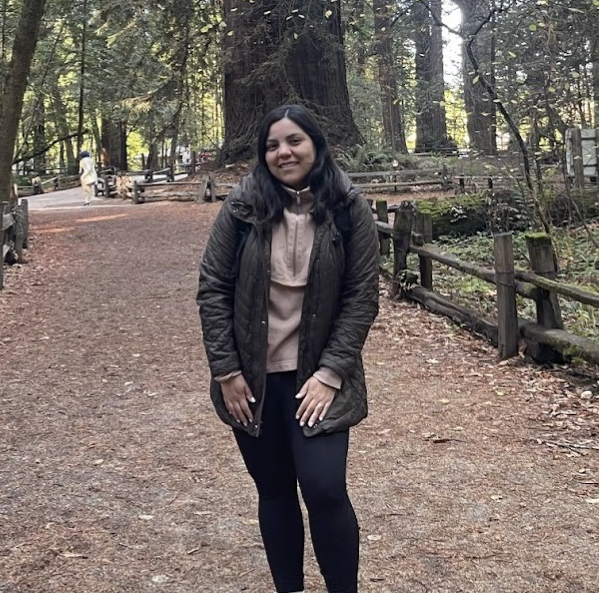
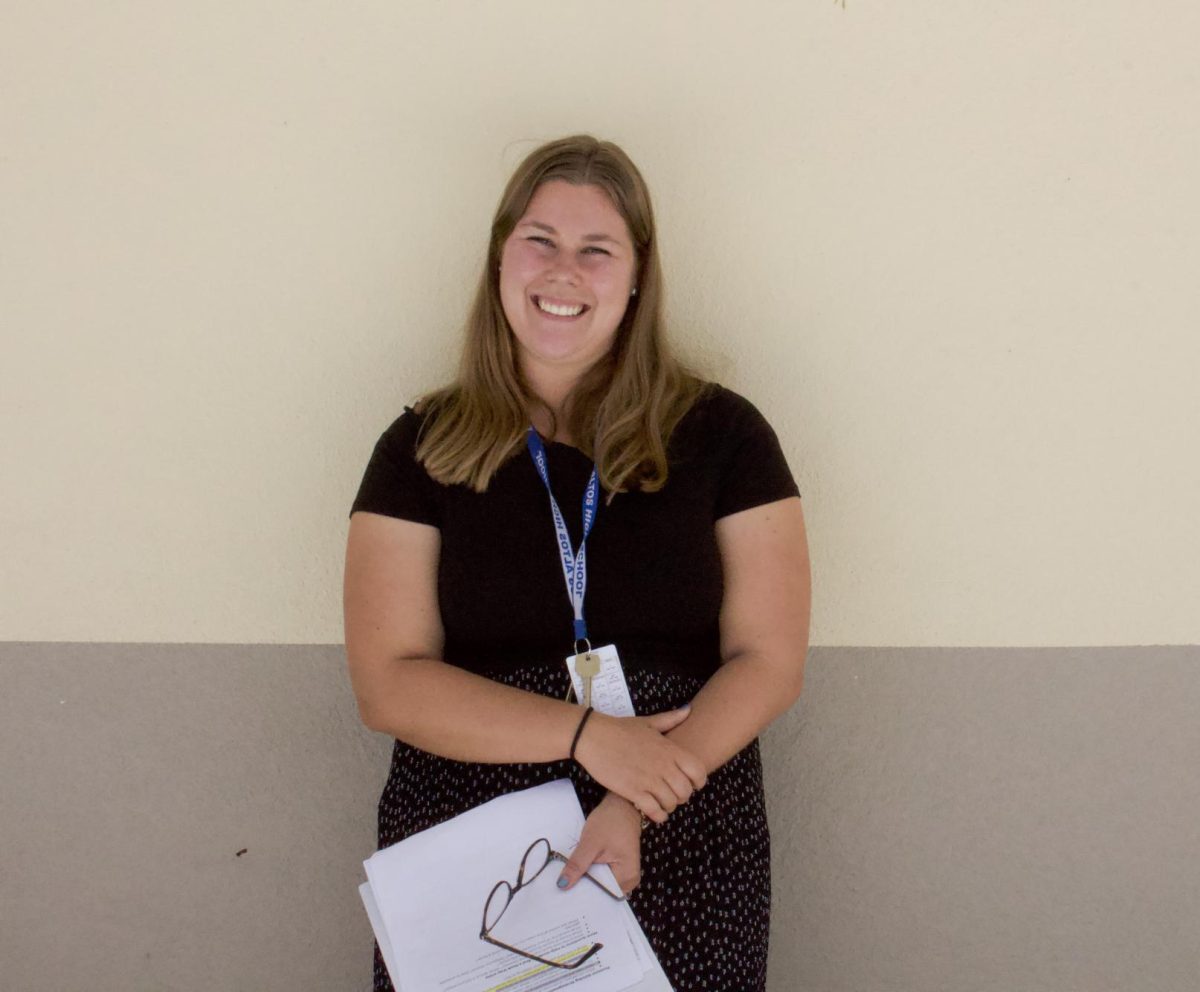


A LAHS Parent | Feb 22, 2025 at 1:12 pm
It is important to note that Casita and Panchita are part of on the official safe routes to school. Parking restrictions on these streets help avoid car induced harm to students who walk and bike.
Merrit Rd, as shown in the photo, is not on a direct route to school and parking on this street won’t affect students who bike/walk.